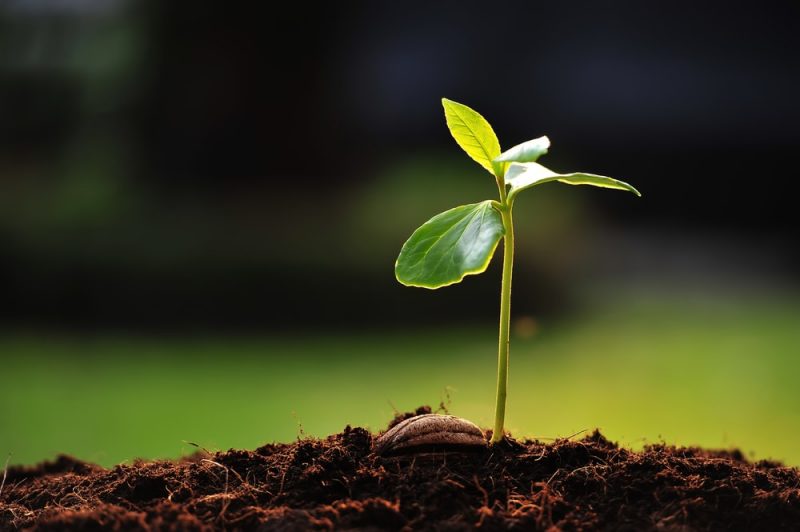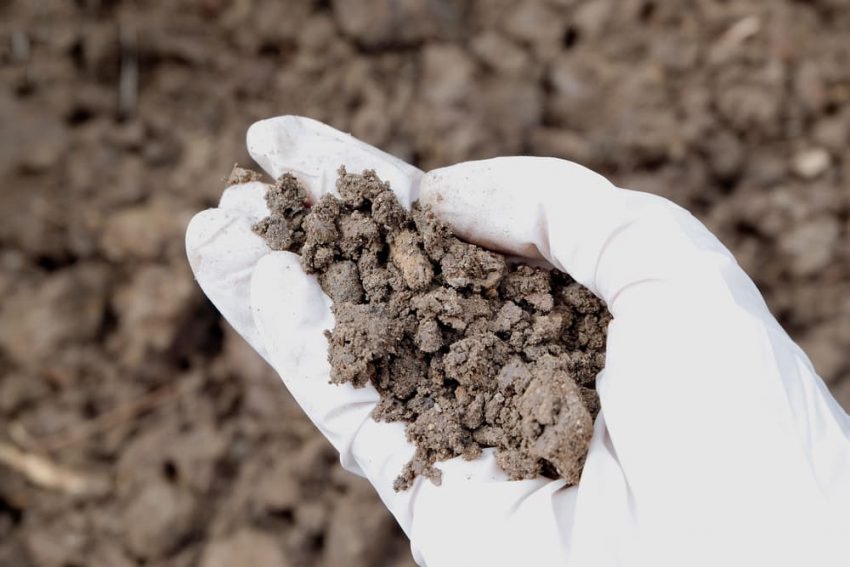The biotic factors they are the living components of ecosystems: living beings. Biotic factors are all individual organisms that inhabit the ecosystem, or organisms that are of the same species and share a geographic area in the same period of time, and are part of a population, or a community (also called biocenosis), which is the set of all the populations of different species that interact in an ecosystem. For instance: squirrel, sunflower, eagle.
It can be said that biotic factors are responsible for having an active behavior in the ecosystem, generating relationships through their own need for survival (this could be discussed in the case of humans, who expanded their needs beyond their own survival).
It is common for the biotic components of an ecosystem to be divided between organisms that produce their own food (usually plants), consumers of food already produced (animals) and decomposers of dead organisms (some fungi and bacteria).

Examples of biotic factors
| Sunflower | Condor | Goose |
| Tulip | Eagle | Rattlesnake |
| Violet | Phyllopharyngea | Escherichia coli |
| Cactus | Ferns | Cypress trees |
| Sparrow | Chipmunk | Euglenophytes |
| Chicken | Mycobacterium tuberculosis | Dolphin |
| Parrot | Paramecium | Elephant |
| Pine trees | Noctiluca | Treponema pallidum |
| Bacillus mycoides | Firs | Penguin |
| Daisy flower | Prostomate | Reishi mushroom |
| Human being | Bacillus licheniformis | Yeasts |
| Ostrich | Apple trees | Cow |
| Stork | Orchids | Bacillus megaterium |
| Duck |
Abiotic factors
The abiotic factors are all those that constitute the physical-chemical characteristics of an ecosystem. It is the physical part that constitutes the environment where organisms live and develop. Indispensably these are elements that lack life and, therefore, do not influence the interactions between organisms in the ecosystem. For instance: air, humidity, salinity.
The action of living beings can have different effects on the abiotic factors of the ecosystem, it even transforms them. However, as these factors are what allow life, it is possible that a transformation produced by one species restricts the survival of another.
Around the preservation of certain abiotic factors, new relationships are frequently established in the ecosystem. When the modification occurs, or when new organisms enter an already configured system, they may have to go through a process of adaptation to the new conditions.
Examples of abiotic factors
| Visible light | Acidity or alkalinity of soils | Ultraviolet light |
| Air | Geographical accidents | Sulfur |
| Relief | Ozone | Fluorine |
| Mercury | Temperature | Humidity |
| Tin | Soil composition | Potassium |
| Geographical space | Match | Water availability |
| Calcium | Infrared light | Essential nutrients |
| Nickel | Oxygen | Duration of the day |
| Salinity | Composition of the Earth’s atmosphere | Precipitation |
| Uranium | Silver | Atmospheric pressure |

References:
- Biology: Solomon E., Berg L., Martin D. (2013) 9th Edition. Publishing Cengage Learning.
- Ecology I: Introduction. Organisms and populations. Scholastic León C., Cabildo Miranda M. del P., Claramunt Vallespí RM, Claramunt Vallespí T. (2013) Digital edition. National University of Distance Education.
